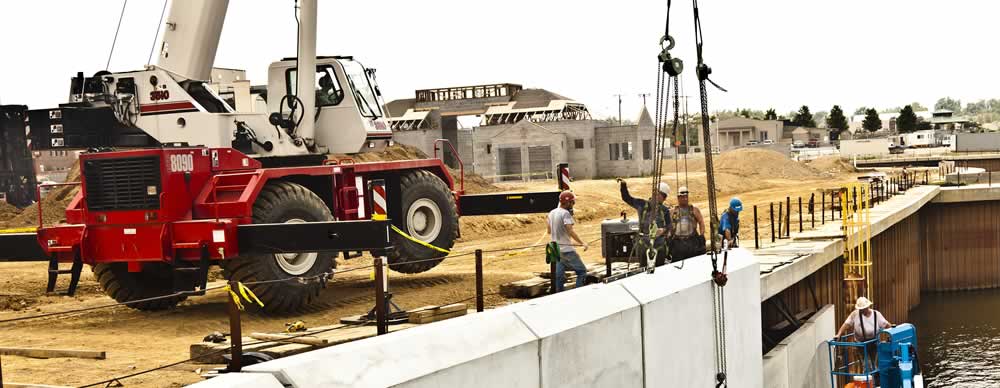Chapter Gallery of Images
What's Done, What's Next: A Civic Pact
Chapter Two:
Underlying Big Decisions,An Owensboro Operating System That Works, Mostly
by Keith Schneider
August 19, 2011
The City’s Leadership Loop Reacts
By January 2011 the steering committee had approved a preliminary concept for the building that was a jolt to prominent civic leaders outside City Hall. The Trahan concept called for a building encompassing almost 145,000 square feet and costing $30 million to construct.
In February, Trahan and the committee displayed the first drawings that described such a building but also suggested the construction costs had grown to $32 million.
With each change in the building’s dimension and expense, members of Owensboro’s leadership outside of City Hall grew more agitated. “The new park, walkable streets, more shops, the farmers market, outdoor pavilions,” said Miller in an interview. “The Gateway Plan stressed building downtown into an experience for residents and visitors. But all the money started going to the events center. The plan was being changed and there wasn’t much public discussion about it.”
Though the rising numbers were much discussed among EDC and Chamber of Commerce board members, most of whom knew each other by growing up in Owensboro or by serving on the region’s interlocking web of college, business, and non-profit boards, all understood the potential consequences of formally raising their concerns with Mayor Payne. In other words, how hard was Owensboro’s leadership loop willing to lean on the man currently sitting at its hub in order to compel him to blink?
It was a serious question. Payne had indicated to EDC board members, said several in interviews, that he was prepared to cut city funding to the Centre For Business and Research, a new business incubator overseen by the EDC that was producing new jobs and actively recruiting new tenants. He also put into play, but hadn’t acted on, an idea to increase the city’s room tax by three percent in order to fund a city-managed visitor and convention marketing office, a direct swipe at the existing convention and visitors bureau. Raising the room tax would make Owensboro’s hotel and motel tax the highest in the state.
At first, leaders tried a gentle, private, but insistent approach. Higginbotham placed a call, according to several EDC board members. So did several others. Payne, they reported back, was intent on building the center at the size Trahan proposed. Payne asserted that data Owensboro had amassed from the steering committee’s experts warranted such dimensions. The city’s consultant conducted a market study that found that Owensboro’s convention should measure 98,000 to 143,000 square feet.
The city, Payne predicted, would attract enough traffic to support a big riverfront-gathering place. Miller and other leaders disagreed. Her research, and interviews with convention and visitor bureau executives in and outside Kentucky, indicated that Trahan and Owensboro might be pursuing an outdated business plan. The total number of big conventions was declining. The convention business is highly competitive. Would Owensboro really succeed in filling such a big and expensive building, especially if it resulted in stripping out elements of the downtown development plan that would attract more visitors?
“Where’s the marketing plan for this project?” she asked her colleagues. “What is the reason for the project being that big? We started with 90,000 square feet. Who is going to sell it and how are they going to sell it? Who’s going to pay for it? Has anybody reached out to the state organizations that historically have annual conferences? Are they interested in coming here?”

